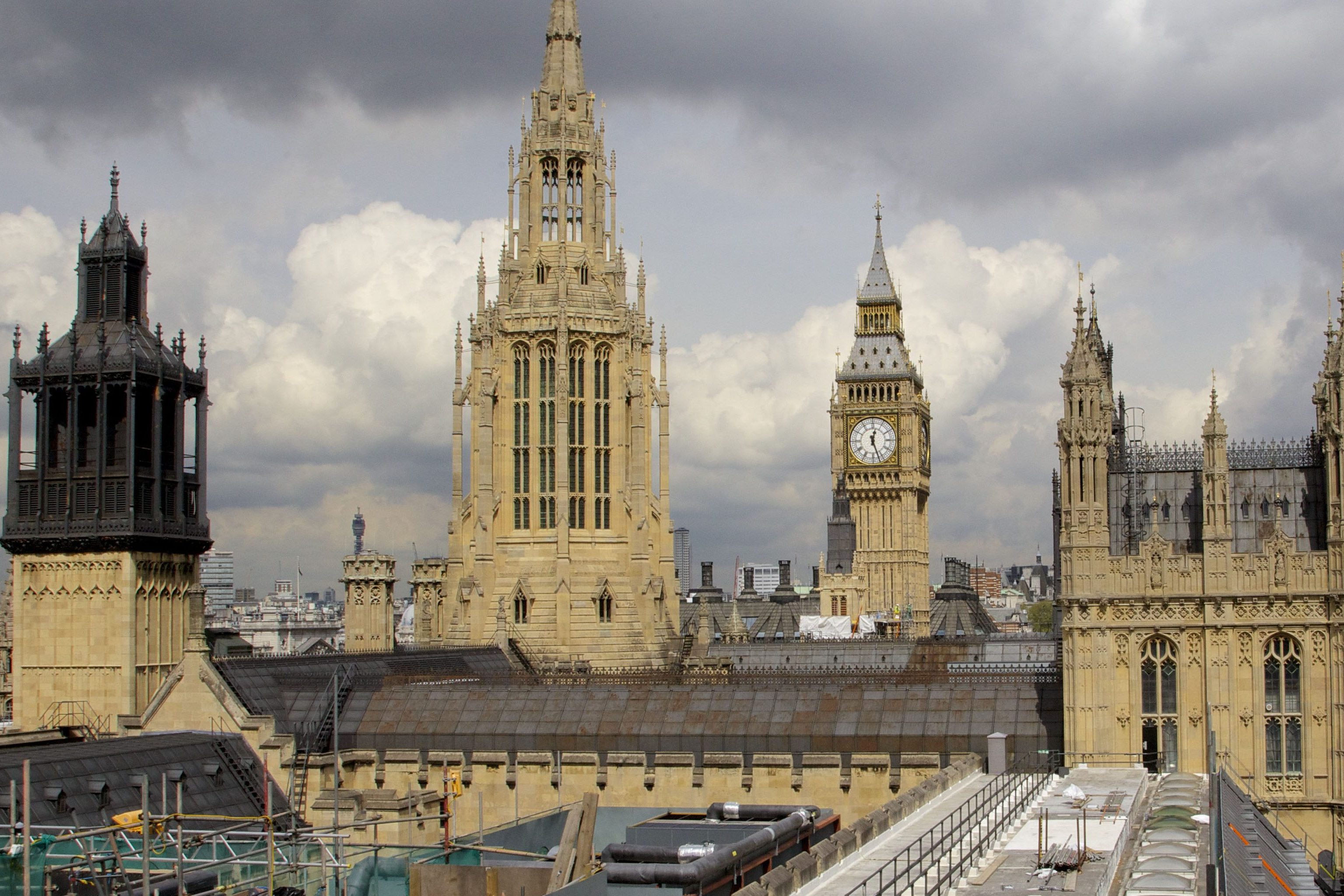
From the time of its introduction in the mid-nineteenth century up until its decommissioning in the 1940s, the Victorian ventilation system underwent significant alterations, which were underpinned by various scientific studies (see also section 4). The first systems deployed inside the two debating chambers were only short-lived. Barry’s system, introduced in the House of Lords in 1847, and Reid’s counterpart in the House of Commons from 1852, was decommissioned in 1854. Both were replaced by a fully stack-driven ventilation developed by the physician Goldsworthy Gurney. This system remained in continual use for over ninety year, but its design was gradually refined. The changes were driven largely by technical issues, external environmental pressures that were not fully anticipated in its original design, and internal pressure from MPs and Lords to improve the internal climatic and atmospheric conditions. The House of Commons, for instance, was confronted with overheating and external air pollution, which became the drivers behind the introduction of a more complex air supply arrangement, incorporating fans and more elaborate methods of cooling and filtration. The environmental systems therefore cannot be fully understood if they are treated as static artefact. They were continuously evolving, resulting in more complex and sophisticated arrangements. Using original archival material, including plans, letters, parliamentary papers and newspaper articles, this part of the project aims to gain insights into how and why the systems were changing and to review how these changes affected their performance.

Section through House of Lords, showing Charles Barry’s original ventilation system of 1847, with fan introduced in 1851 (Schoenefeldt, 2014)

Section showing remodeled system in House of Lords, following plans by Goldsworthy Gurney, 1854 (Schoenefeldt, 2014)